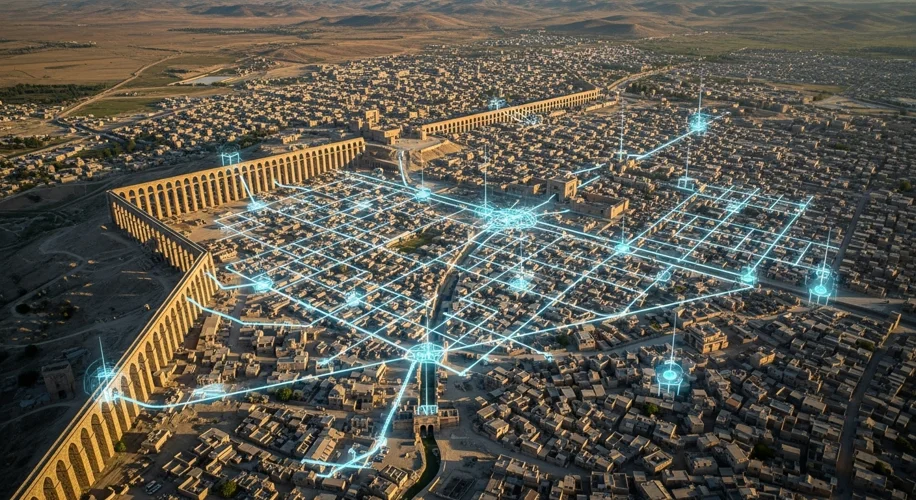When I talk about investments, I usually mean digital assets or emerging markets. But today, let’s look at a different kind of long-term asset: ancient urban environments. It’s not about returns on capital, but about understanding complex systems and their engineering.
Think about it. We often look at ancient ruins as simple piles of stone. But beneath the dust, these lost cities were incredibly sophisticated, planned, and built on a scale that still impresses today. We’re talking about foundational infrastructure projects that put many modern developments to shame.
Take Mohenjo-Daro in the Indus Valley, for example. This city, built around 2500 BCE, had an advanced drainage and sewage system. Every house was connected. Streets were laid out in a precise grid pattern. This wasn’t haphazard growth; it was deliberate, large-scale urban planning, executed over generations. Imagine the coordination, the resource allocation needed to pull that off without modern tools or project management software. It’s an early blueprint for efficient system design.
Or consider the Roman Empire’s cities. Their aqueducts alone were feats of engineering, bringing water hundreds of miles. They had extensive road networks, public baths, and forums. These weren’t just buildings; they were integrated systems designed to support millions of people. The planning wasn’t just for a few years, but for centuries. That’s long-term vision.
The sheer scale of these endeavors is often overlooked. Building a pyramid is one thing; building an entire city with sophisticated infrastructure for a massive population is another. It required immense capital, labor, and a clear strategic vision. It shows what’s possible when resources are focused on foundational projects. It’s a reminder that truly impactful projects often involve complex, interconnected parts, much like a well-designed financial market or a scalable tech platform.
But here’s the kicker: these incredible structures and systems don’t last forever. They face the same challenges any asset does: decay, natural disasters, and human impact. Think about the erosion from climate change threatening coastal sites, or the simple fact that old materials degrade.
Preserving these sites is a constant battle. It’s about managing an enormous, aging asset portfolio. It requires continuous investment in conservation, protection from looting, and adapting to new environmental threats. It’s not just about digging up artifacts; it’s about maintaining a legacy, and that takes resources and careful management.
So, why bother with this history? Because understanding how these ancient civilizations built and maintained such complex systems gives us perspective. It highlights the importance of robust infrastructure, long-term planning, and the challenges of managing large, interconnected projects over extended periods. Whether you’re building a company, a new tech platform, or an investment portfolio, the principles of solid foundations, foresight, and risk management remain universal. The past offers valuable data points on what works, and what ultimately needs constant attention to endure.

